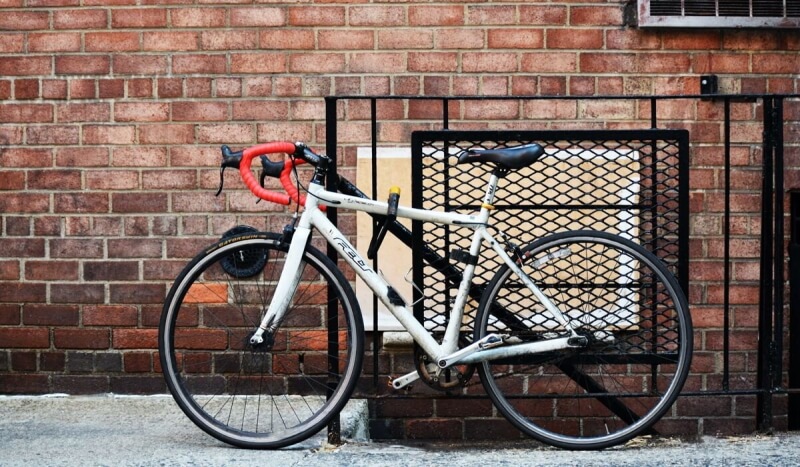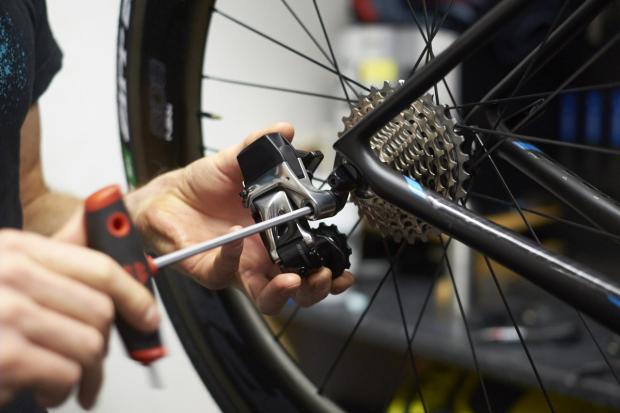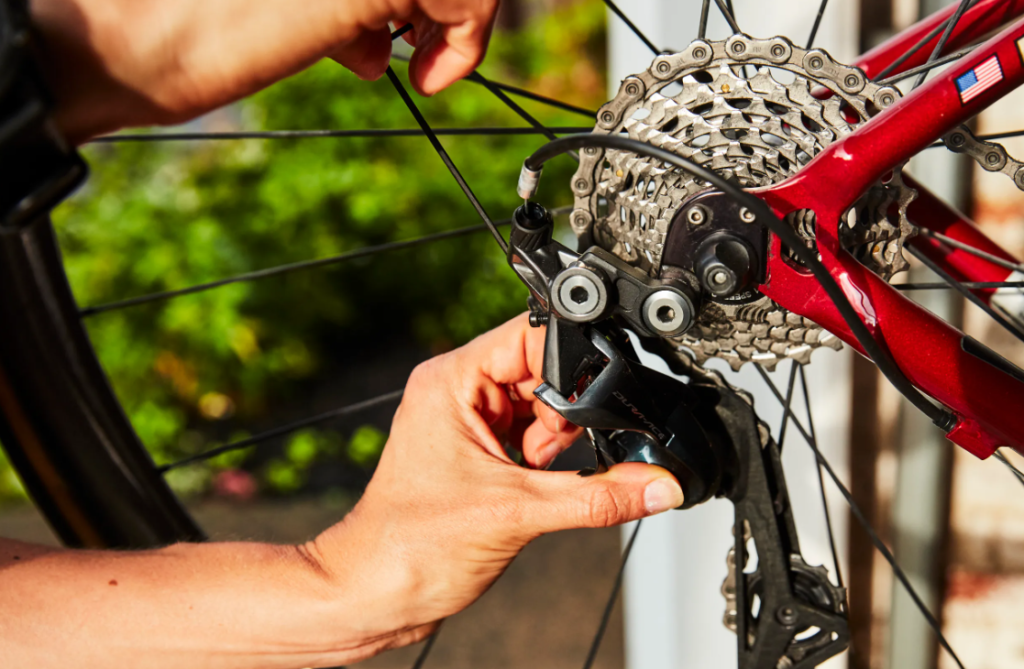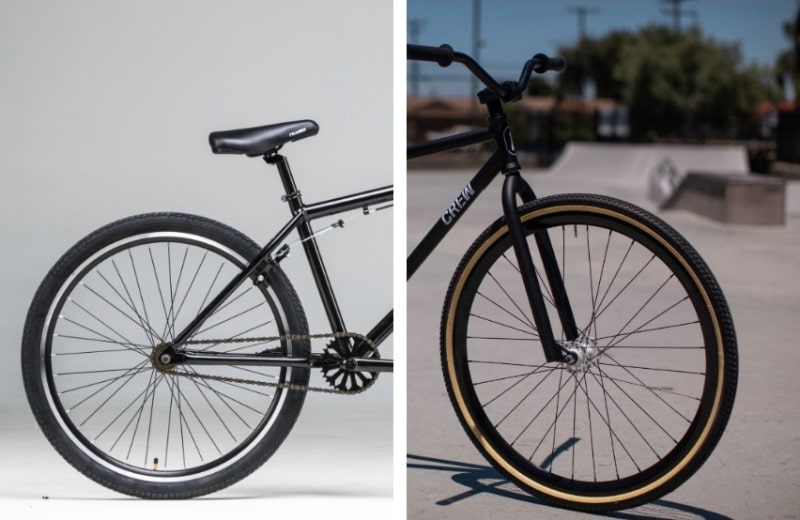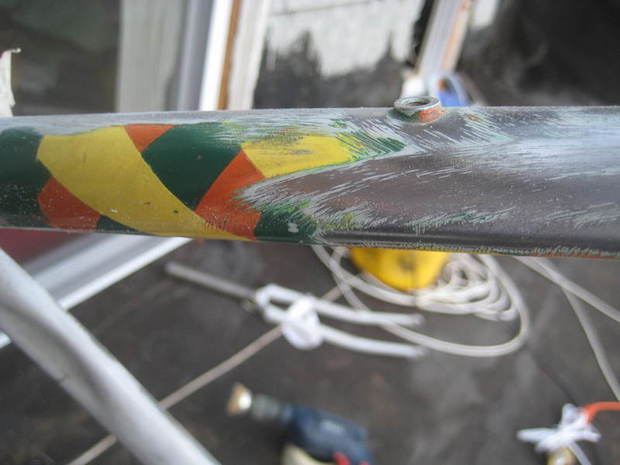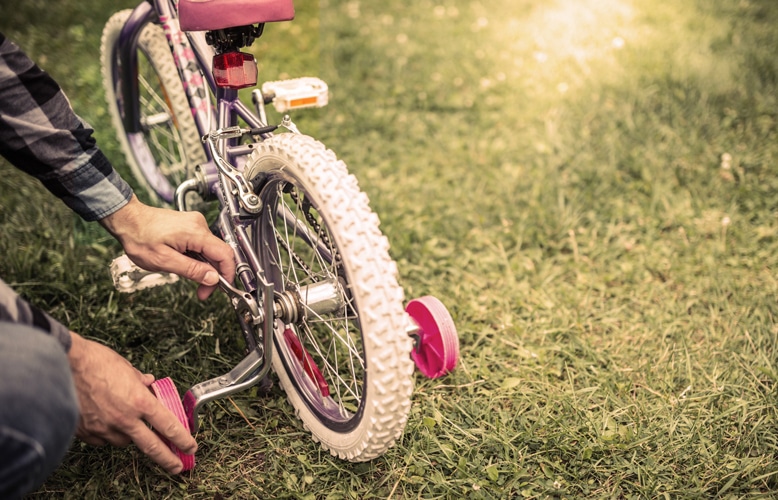- Trails
-
Bikes
-
Gear
-
Tips & Tricks
-
About us


As a new or aspiring cyclist, there’s nothing scarier than your first long biking trip. Typically it’s around 10 miles, with most people second-guessing whether they have the fitness or even willpower to ride 10 miles. Often, one of the questions new cyclists ask experienced bikers when preparing to tackle such a trip is, “how long does it take to bike 10 miles?” Understandably, they would be looking for as much information as possible before committing. Fortunately, we’ve done our fair share of 10-mile trips and believe we may have the answers you’re looking for below.
As a beginner cyclist, you can expect to cruise at about 10 mph, which means covering a mile in about 6 minutes. But as you become more experienced, you may find that you can complete 10 miles in just 30 to 45 minutes.
It’s important to remember that everyone’s circumstances are different, so your time to cover 10 miles may vary greatly from someone else’s.
| Speed | 10-mile Time |
| 12 mph | 50 minutes |
| 14 mph | 42 minutes 21 seconds |
| 16 mph | 37 minutes 30 seconds |
| 18 mph | 33 minutes 20 seconds |
| 20 mph | 30 minutes |
| 22 mph | 27 minutes 16 seconds |
| 24 mph | 25 minutes |
| 26 mph | 23 minutes 5 seconds |
To get an accurate answer to the question of “how long does it take to bike 10 miles?” you’ll want to know your average speed. Simply divide the distance by your speed to get your time. And if you need a little help, we’ve got a handy table for you!
Ultimately, the 10-mile bike ride time differs from situation to situation. For instance, even a tour de France cyclist used to averaging 24 mph or more on their usual route will take significantly longer if you switch out his bike and put him on an uphill gravel route.
In addition to the type of bike and route, other influencing factors that dictate what’s a good time for a 10-mile bike ride include fitness, skill level, weather conditions, etc. As for how these factors affect your time, we look into the details below.
Some of the things that influence the time and speed you can ride 10 miles at are as follows:
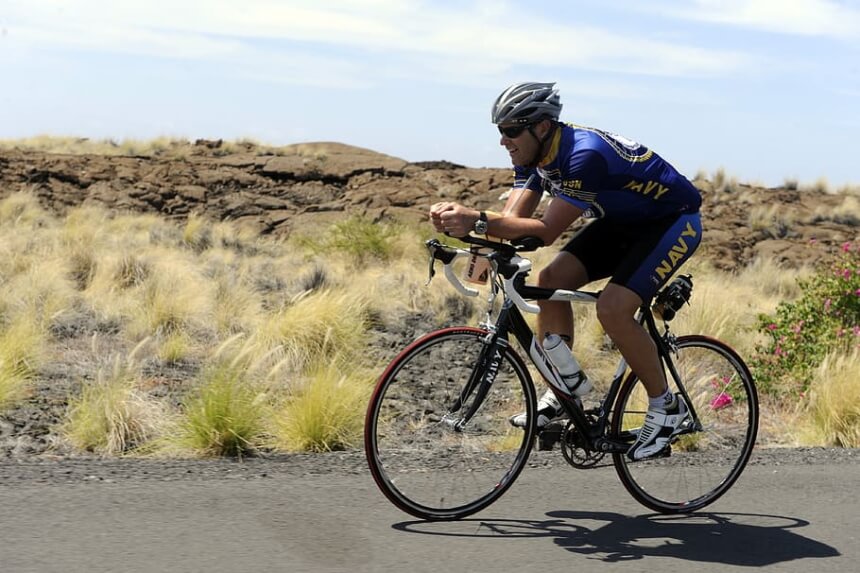
They also don’t have the fitness levels to cycle fast and continuously for more than 10 minutes at a time. This means they take several breaks on the route, extending how long they spend on the road.
Some also ask, “how long does it take to bike a mile?” and assume you only need to multiply that by ten. Unfortunately, it’s not that simple since you may get fatigued and even need multiple breaks on a longer ride.
It’s worth noting that even if you work out regularly, it might not translate into short biking times. However, you’ll likely do better than someone who doesn’t work out.
Regular cyclists have built up their leg muscles and body for endurance over time. If they’ve made bike rides a regular thing, they likely have the muscle and lung capacity and have built up the willpower over time to easily finish 10 miles.
Often the speeds improve with time, and even a person who started by posting 12 mph can get up to 20 mph or more over the years. Depending on the route, they could even make 30 minutes or less their average time.
Professional cyclists typically post the shortest times. They spend most of their days training and riding bikes, so their endurance, power, and skill levels are way more than those of the average rider. In fact, according to Rouler, tour de France riders average about 24 mph or 40 kph Trusted Source How fast is the Tour de France? The Tour de France is the world’s most prestigious bike race, attracting the world’s best riders each year. But just how fast do the top male cyclists ride at the Tour? www.rouleur.cc .
These riders are efficient in their cycling and handling the different riding circumstances. As such, they’re often able to post a 10-mile bike ride time of 25 minutes or less.
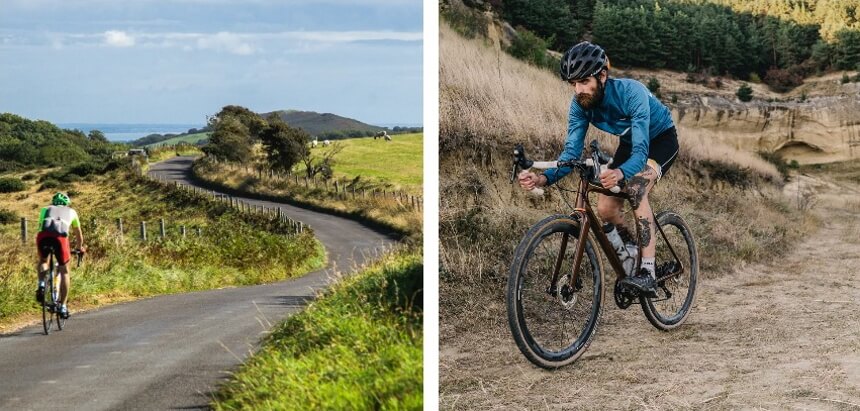
The easiest route would be a tarmacked road where you go downhill most of the way. With that, even a beginner may be able to rival a more experienced rider as long as they don’t get into an accident.
However, most routes won’t be like that. At best, you ride on a flat paved or tarmacked path. At worst, you have to cycle uphill on a steep gravel slope. Naturally, it would be safe to assume you’d take way longer to complete the route if you encounter the latter. That said, if you’re fond of riding on gravel, we’ve listed the best gravel bikes so you can have the best bike for that kind of terrain.
Also, hilly routes can even triple your regular time, depending on the gradient.
Notably, while it may be daunting to try different routes since they may be challenging, it’s one of the few ways to get better, so it’s not a good idea to avoid them. Also, if you genuinely enjoy cycling, you’ll sometimes find yourself exploring new routes, no matter how difficult they seem.
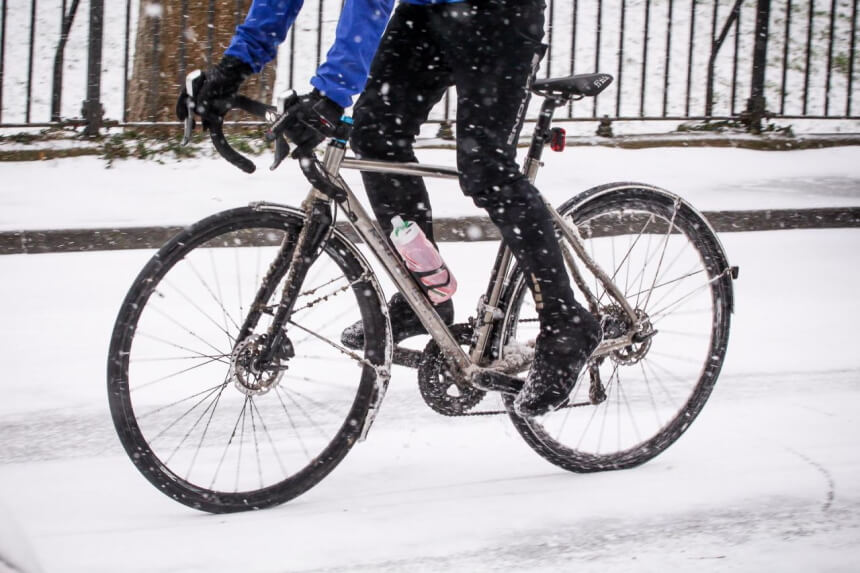
Wet weather like snow or rain can quickly reduce your tire grip on the road, and as a result, your cycling time will suffer.
Wind, on the other hand, can be a double-edged sword. If you get a headwind, you’ll have to deal with more wind resistance, which might slow you down and increase your effort to move even a few feet forward. With that, you might feel that getting to that 10-mile mark is a little more strenuous and demanding.
Conversely, if a strong wind pushes you from behind, you’ll have an easier time cycling and may even improve your current record.
Almost all-weather conditions have perks and downsides.
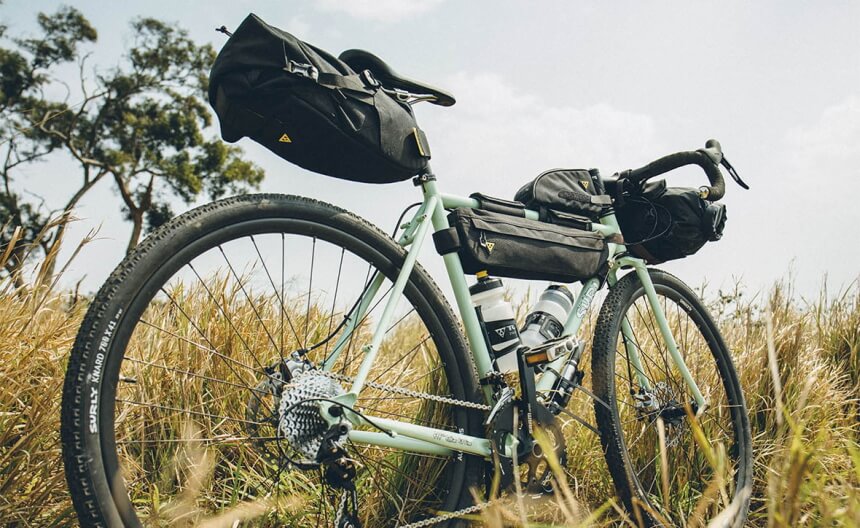
Most of this gear may come in handy in an emergency, e.g., getting a puncture. However, for the most part, it adds to the load and makes it even more difficult to cycle the 10 miles.
If you have someone on standby with a car, you can likely forego carrying all that gear. However, it’s sometimes necessary and should provide you with peace of mind in case of an emergency.
The bike type is the next major influence on how fast or slow you can complete a 10-mile ride. How long it takes to mountain bike 10 miles will differ from how fast you can ride a hybrid bike with the bike designs and several other factors affecting the speed.
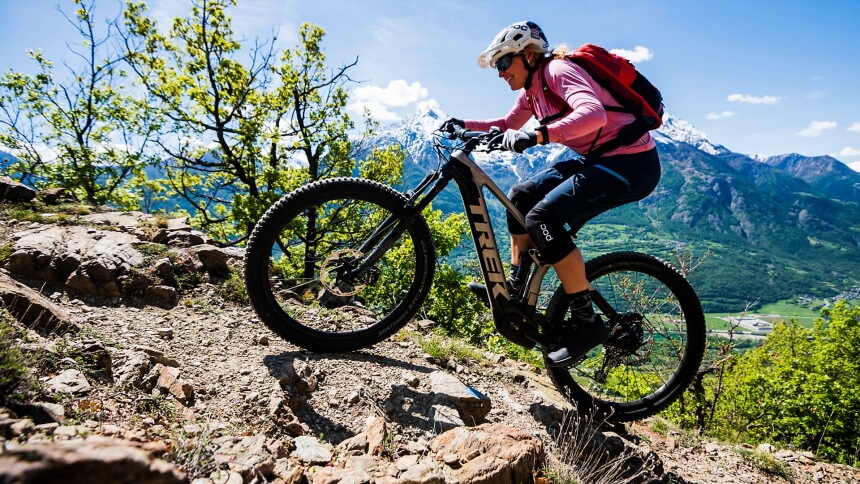
Unfortunately, they’re often heavier than other bike types and not aerodynamically designed. They also typically have thick frames and tires. This means they’re significantly harder to pedal if you’re going uphill or encountering a headwind.
On the other hand, the extra weight can make it easier to go downhill.
Overall, most people riding mountain bikes on a 10-mile trail take longer to complete the route than they would with most other bikes. That said, reviewers recommend the Schwinn High Timber bike since it’s available in aluminum and steel frames. As such, buyers can choose between the extra durability of steel and the lightweight aluminum design, making it easier to ride.
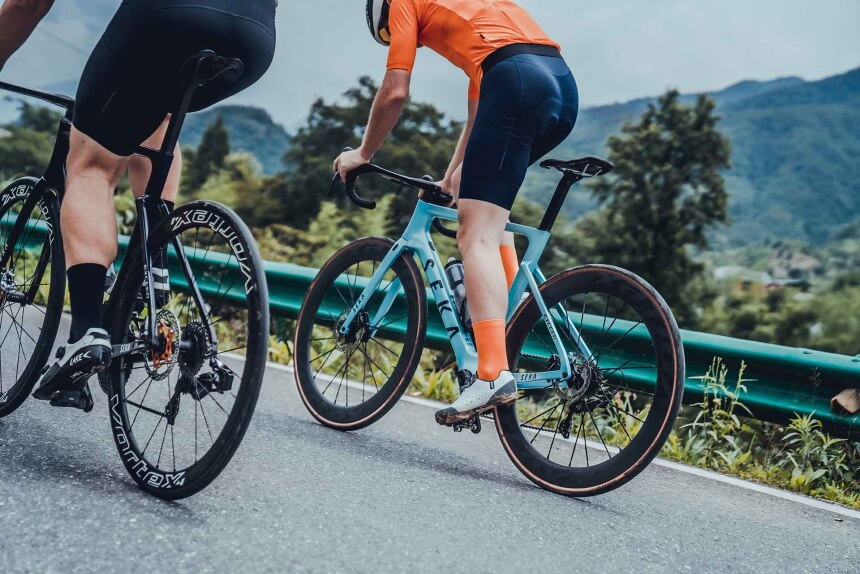
As a result, if you’re in the market for a quality road bike that won’t break the bank, it might be worth taking a look at our list of the best road bikes under $2000. These bikes are built to last, ensuring that you’ll be able to enjoy your ride for years to come without having to constantly worry about repairs or replacements.
Notably, they also come in a range of gears that allow you to switch from going downhill to uphill in a flash. That said, these bikes are designed for aggressive riding positions, which means they can be uncomfortable.
Also, they’re only built for paved roads and don’t have any suspension. With that, if you take them on gravel or mountain trail, they might force you to stop due to the discomfort. Nevertheless, if you’re looking for the quickest circuit times, road bikes are probably the best option.
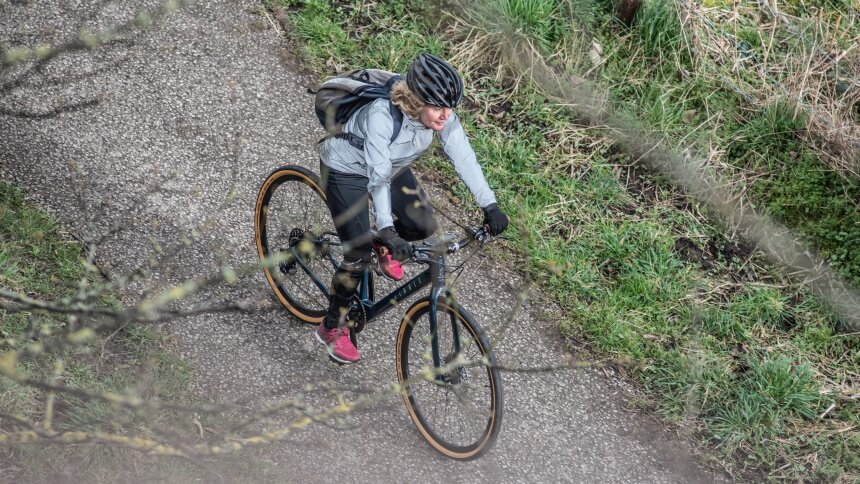
These tires are also more suited to riding on gravel than the thin tires available on road bikes, offering more traction.
Also, where most mountain bikes typically use smaller diameter tires, the tires that come with hybrids are large and roll over pavement almost as easily as road bike tires. With that, hybrid bikes make the most sense if you like to switch your route from time to time.
Also, according to reviewers, the Schwinn GTX Comfort is among the best hybrid bikes, and it comes with 28-inch wheels for gliding over the road and has 21 gears to cater to different environments.
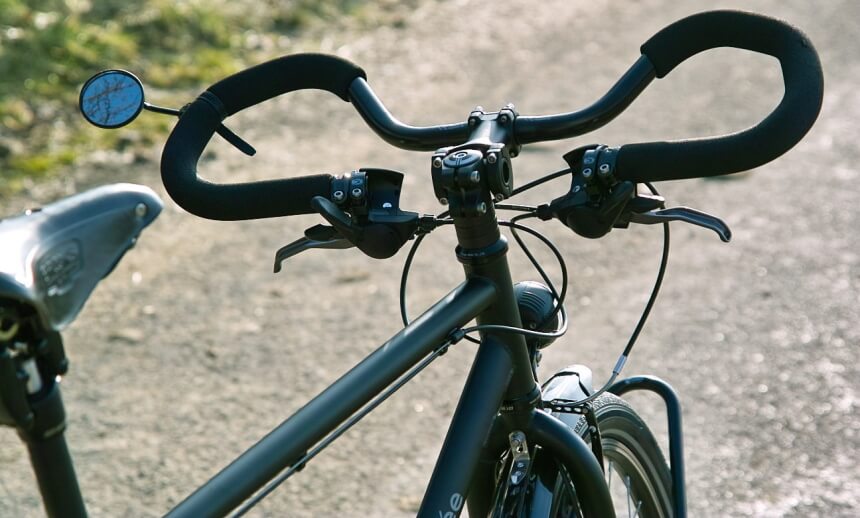
However, they won’t be able to glide through the pavement as effortlessly as road bikes since they’re built heavier and stronger.
How long it takes to cycle 10 miles depends on your experience, type of bike, route, etc. The same is true for cycling more than 10 miles. For more concrete figures, you’d have to time yourself during the first 10 miles, so you know exactly what to expect if you go past that.
For instance, if you maintain an average 14 mph speed as a beginner, it should take roughly 42 minutes to reach ten miles. If you decide to go 16 miles on your next bike outing, it’ll take about an hour and seven minutes.
Similarly, if you extend the distance to 20 miles, it should take you double the time to complete your circuit.
However, one thing you may not be able to account for until you’ve completed your circuit is fatigue and how it will affect your cycling performance. You may find that after 15 miles, you don’t have the energy to finish up the other five miles quickly.
Consequently, you may take longer breaks to recover your energy, which inevitably means that rather than spending 84 minutes on a 20-mile run, you take significantly longer.
Both running and cycling are great cardio exercises, but their impact is slightly different. According to Women’sHealth, running burns between 566 and 839 calories per hour. As for cycling, it burns 498 to 738 calories within the same period.
Therefore, cycling 10 miles technically isn’t equivalent to running. However, given that the two burn calories in the same range, the results can be similar depending on the intensity of the cycling session.
Like other forms of exercise, cycling 10 miles daily gives you many health benefits Trusted Source Cycling - health benefits Cycling can help to protect you from serious diseases such as stroke, heart attack, some cancers, depression, diabetes, obesity and arthritis. www.betterhealth.vic.gov.au . It’s a good muscle workout since it targets all major muscle groups. It also increases strength and aerobic fitness.
Other notable health benefits Trusted Source Cycling Benefits: 12 Reasons Cycling Is Good for You Cycling is a low impact exercise that can help you manage your weight as well as prevent health risks. It’s good for beginners and advanced athletes alike. www.healthline.com include improved joint mobility, stronger bones, reduced anxiety, reduced depression, better posture, and coordination, etc. For most people, it’s also a lot more fun than running, and you can use it to explore scenic areas like parks, etc. As such, it’s a great exercise with minimal downsides.
While it’s not impossible for a beginner to cycle 10 miles in 30 minutes, it’s highly unlikely. They would have to be in incredible shape and have other factors like the terrain, bike type, weather, and more in their favor. However, you check the video below to find some tips for your first 10 miles on the bike.
It’s also worth noting that muscles built during cardio exercises like bike riding differ from those built during weight training. Therefore, even if you’ve been weight training for years and have an incredible physique, it doesn’t mean you can match a regular rider’s time with your first attempt.
A far more realistic goal would be to manage the same distance in an hour or less, especially if it’s your first time. Once you’re more familiar with the route and the best cycling practices, you can aim for shorter and shorter circuit times.
10 miles in 30 minutes is doable if you build up your stamina and cycling skills over several months. You can also extend past 10 miles once you feel more comfortable with the distance.
So, how long does it take to bike 10 miles? It should take roughly an hour if you’re a beginner in decent shape and tackling a fairly flat route. It might take less or more, depending on how fit you are. The fitter you get and the more experience you gain, the higher your chances of cutting your travel time to 30 minutes or less.
You can even use your bike instead of your car for your daily commute. However, getting there requires time, and this kind of growth shouldn’t be rushed.
